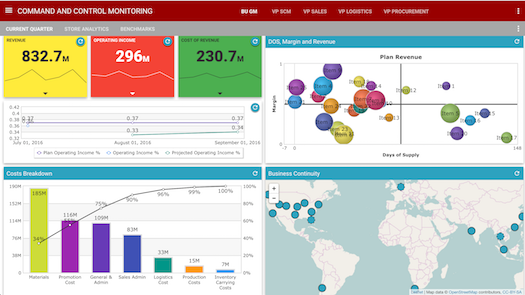The nation’s capital is tech sector is experiencing a renaissance due in part to Canadian SaaS companies.
Nearly two decades ago, Ottawa was poised to become a technology powerhouse, fuelled by a strong telecom sector that included Newbridge Networks and its numerous spinoffs, Corel CEO Michael Cowpland’s belief he could take on Microsoft by buying WordPerfect, and a general feeling the city could be more than a sleepy government town as the Feds were shedding jobs to balance the books. The concept of Canadian SaaS companies was yet to be born.
By the new millennium the dot com bubble had burst, Nortel was in disarray and once promising Newbridge spinoff CrossKeys were shutting its doors. While the city’s tech sector has continued to grow steadily, it’s only been recently that Ottawa has caught a second wind. And like many other cities, it’s been due in part to startups. Local stars include Shopify, a wildly successful e-commerce platform, and Halogen Software, a provider of cloud-based talent management software.
However, enterprise software is also fueling the tech renaissance in the nation’s capital, and Ottawa has become a hub for Software-as-a-Service (SaaS) startups. The worldwide market for public cloud services was forecast to reach $204 billion by the end of last year putting the nation’s capital front and center of Canadian SaaS companies. More broadly, Canadian SaaS startups are garnering worldwide attention and investment. For example, Salesforce acquired SaaS startups Golnstant from Halifax, Rypple from Toronto, and Radian6 from Fredericton, for a total of half a billion dollars in 2014.
The boom of Canadian SaaS companies in Ottawa demonstrates a recognition by the city of where its strengths lay. For example, Accelerator L-SPARK was formed two years ago to specifically tap into the city’s enterprise software potential, and the city is a welcoming place for startup Canadian SaaS companies and legacy enterprises because past successes have laid the foundation. The legacies of Mitel, Nortel, Newbridge Networks and Cognos groomed experienced executives who are now mentoring new entrepreneurial talent through accelerators and community groups such as Invest Ottawa, Startup Garage and Wesley Clover.
The city has already given the Silicon Valley North moniker two decades ago, but in comparison to its California counterpart, Ottawa has lower housing and salary costs and lots of room for businesses to grow. The nation’s capital is also in the top three rankings of Canadian cities for its quality of life, environmental sustainability, and for its suitability for families — giving it broad appeal to entrepreneurs and employees alike. The nation’s capital alone is home to more than 580 software companies employing 22,000 people. In fact, boasts the highest concentration of talented scientists and engineers in the country.
One challenge that has dogged the Canadian tech sector for decades is attracting the same level of venture capital as U.S. startups. One of the drivers behind L-SPARK was to help Ottawa SaaS enterprise software startups, as well as Canadian SaaS companies, attract investment in Canada rather than having to travel to Silicon Valley to participate in competitive American seed accelerators such as Y-Combinator.
There are signs that more VC money is finding its way to Canada, however. Last year was a bright spot for tech investment in the country, according to the MoneyTree Report from PwC Canada and CB Insights. It bucked a global trend of a 10 per cent decline in VC deals in 2016 and a 23 per cent drop in total funding compared to 2015. Ottawa struck 10 deals in 2016, averaging US$13 million each.
Another indicator of Canada’s healthy SaaS situation was last year’s augural Annual SAAS NORTH Conference, which is returning to Ottawa for a second year in November. The event is expected bring more than 1200 attendees, 400 companies, and 70 speakers together, and will include new features such as roundtables, AMAs (Ask Me Anything), as well as an updated Investor Zone. According to event organizers, the trade show portion is expected to double in size.
Gary Hilson is a freelance writer with a focus on B2B technology, including information technology, cybersecurity, and semiconductors. A revised version of this article was published on Tektonika Canada.









